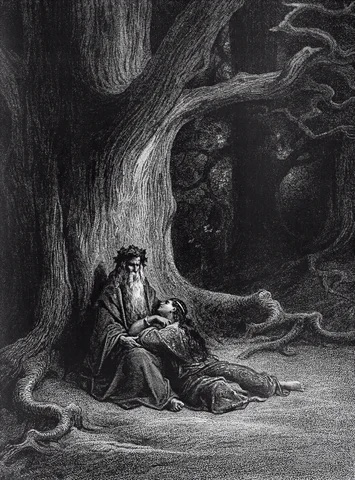
Confirmed. (Nightingale, 2023)
As seen in the previous articles, the Norse-Islandic god Odin inspired present-day wizard depictions with long thick white beards while Merlin was never depicted as having a beard in the literature stemming from the Middle Ages. Scholars believe that Merlin was clean-shaven because he was depicted as a young man. In later depictions (beginning of the 1800s), Merlin appeared as a man with a long white beard almost touching the ground, and this set the tone for further depictions of wizards (Nightingale, 2023). Universes such as Middle Earth (Lord of The Rings and The Hobbit), Harry Potter universe and production houses such as Disney decided to include these depictions of a wizard in their products.

The beard must be groomed constantly and is thus cultivated in a way. It represents an extension of the self, a message to others. A long beard denotes wisdom in many cultures all around the world and throughout history. Beards in literature do not belong to a single religion or ideology and have denoted various and sometimes even opposing ideas. In Antiquity, for instance, a beard symbolised a man’s high status. A beard’s meaning is thus inherently a cultural construct, a performance, which often mirrors changing notions of ‘manliness’ (Cobb, 2017). In conclusion, a wizard's beard denotes wisdom.
